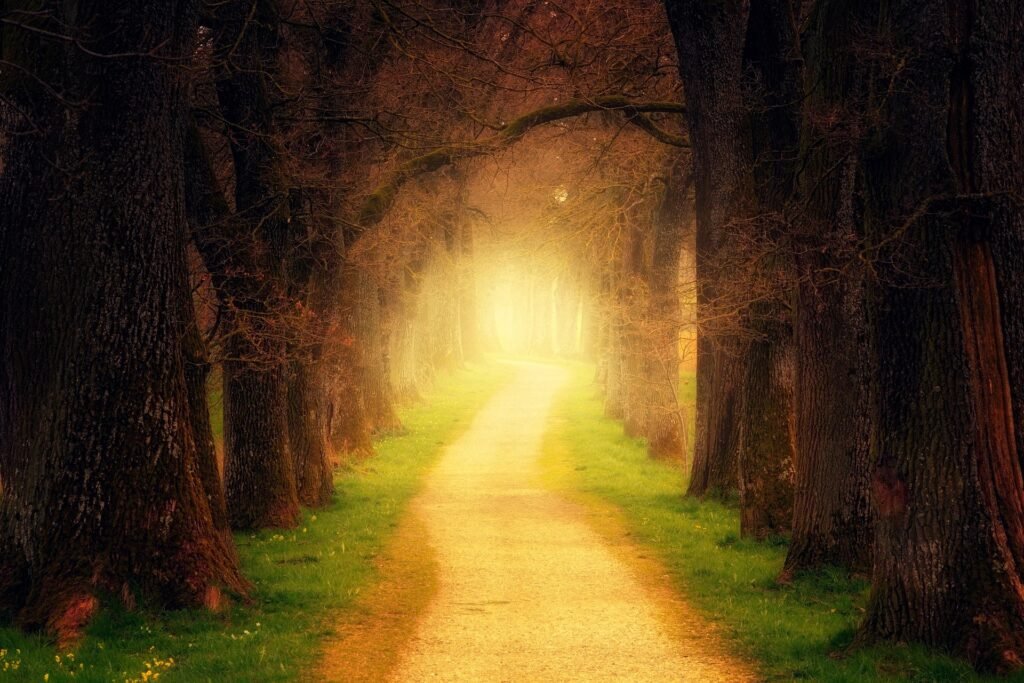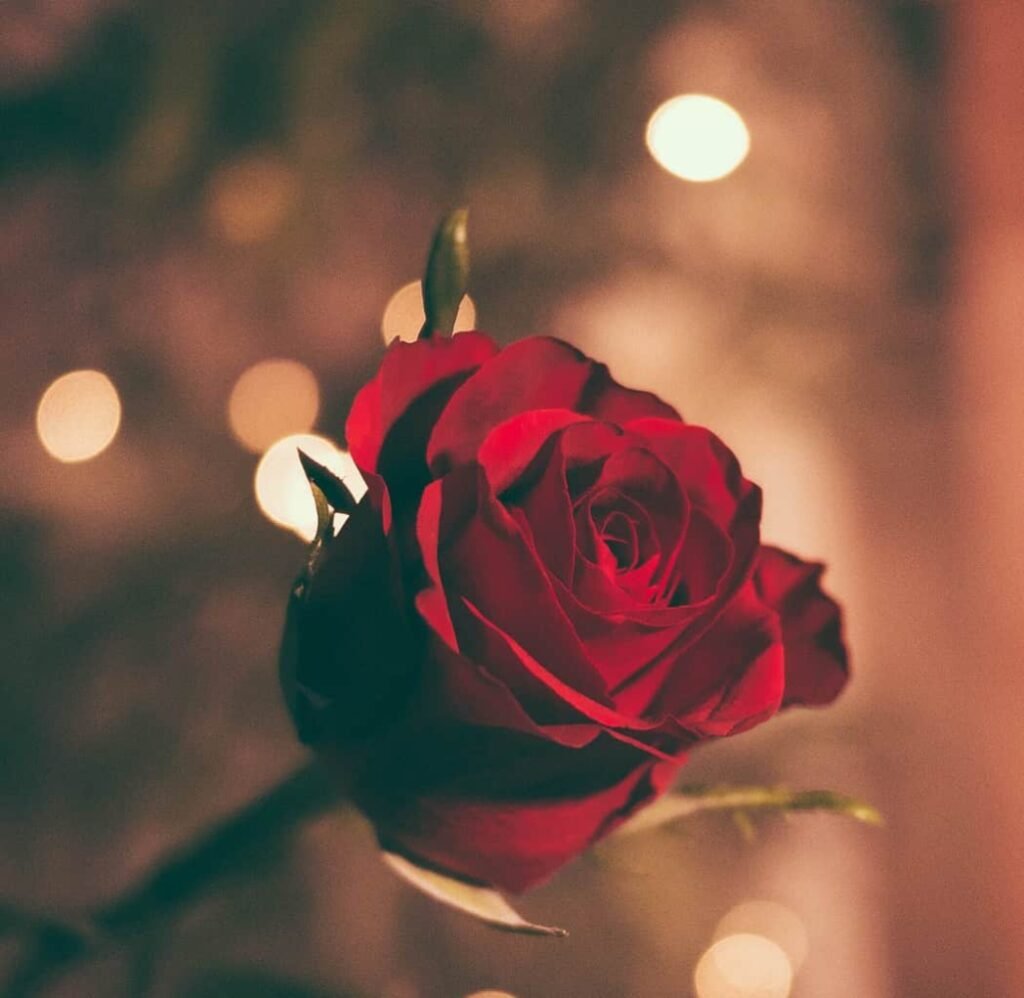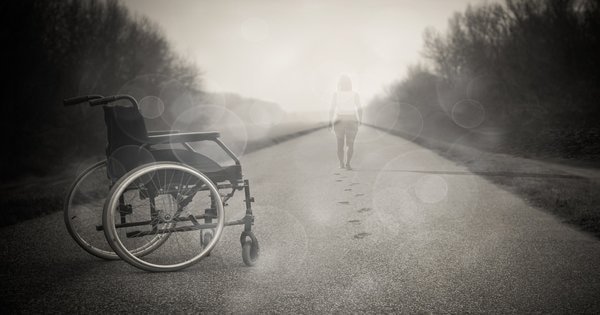Evolution of Romance Novels: Part 2

Evolution of Romance Novels
The Mother of Gothic Romance
Anne Radcliffe is considered the mother of gothic fiction with her work, The Mysteries of Udolpho, published in 1794. This monumental book—the first widely popular gothic novel—encompasses Romanticism ideals with gothic concepts of the sublime and the supernatural.
The eighteenth-century author introduced readers to specific tastes. Her gothic prose won favor with readers of the era by including dark themes, foreboding structures, and otherworldly elements and intertwining them with the supernatural and the sublime Romantics of the age were known for. There’s undeniable charm and power in The Mysteries of Udolfo.
Especially in Emily, our young female protagonist whose character is stereotypically virtuous and loving with her highly developed sensibility and moral nature. She’s willing to change her mind and grow when judgments are confronted with reliable information. The antagonist, Montoni, earns his antagonistic stripes as the worthy ancestor in a long line of gothic villains. He’s convinced of the absolute nature and power of the patriarchy and nobility, showing this through arrogance and selfishness. His character is infuriating and, therefore, believable. Looking at these characters from today’s lens, I’m utterly infuriated with Emily and loved to hate Montoni.
Radcliffe raised the bar of the gothic romance and inspired a long line of mimics that spans centuries. From these beginnings, the gothic romance novel was born. Gothic romance evolves from Radcliffe’s original work, crossing an ocean to influence future American gothic writers.
She gave the world its first gothic novel written by a woman. Her readers ate it up, and the mother of gothic fiction was born. As time went on, the gothic genre evolved into gothic romance with other famous literary works turned classics by more women authors like Jane Austen’s Northanger Abbey in 1817, Mary Shelley’s Frankenstein in 1818, Charlotte Bronte’s Jane Eyre and Emily Bronte’s Wuthering Heights in 1847, Daphne du Maurier’s Rebecca in 1938, and Anya Seton’s Dragonwyck in 1944.
Not only have romance authors evolved, but gothic concepts have evolved to include the supernatural in more tangible forms, where otherworldly creatures of myth and legend run free in our world, but the monsters, ghosts, and gods come alive between their pages.
Radcliffe’s gothic fiction inclusion of the supernatural and sublime, has also evolved through time. This evolutionary progression has inspired many fiction genres. One of the more notable genres the Romantics birthed was the romance novel. While there are many romance subgenres, I find the progression of gothic novels into gothic romance and then to paranormal romance most interesting. The reason is one of my absolute favorite romance subgenres to read and write is PNR. Each aspect of gothic to PNR’s evolution deserves respect and literary merit.
Romantic pioneers of the individual, nature, the sublime, the supernatural, and emotion birthed forms of writing that may not be exact to their origins. Still, Romanticism has greatly influenced every generation of the gothic novel. Radcliffe’s work had foreboding castles, persecuted heroines, emphasized sublime landscapes, and gave what was then a new twist to stories of the supernatural. She set the stage for future gothic romance and, eventually, paranormal romance by the predictable patterns her readers delighted in and came to expect.
The famous HEA (happily ever after) trope in romance novels must have had its beginnings with Radcliffe. Her works promised a gothic heroine that exemplified female sensibility and possessed unique qualities, yet trapped in a world that was indifferent, blind, and even hostel to her. Our heroine conceals this identity while the gothic villain relentlessly pursues her determined to deprive them of inheritance, virtue, or both. Then in an act of providence, Radcliffe rewards the protagonist and the reader with a happy-ever-after ending. Her last two books fetched advances unheard of at the time: £500 for The Mysteries of Udolpho and £800 for The Italian.
This formulaic concept is one of the pivotal expectations when reading the trope to this day. The happily ever after is a must for romance novels. Even the trope has evolved in the modern day to include a “happy for now” (HFN). Without HEA or HFN, you have angry readers who will probably never pick up another work by an author who broke this cardinal rule of romance. This repetitive plot was not a deterrent to Radcliffe readers. If anything, it seems to have contributed to her success. Radcliffe was the most popular novelist of her day, described as “the Shakespeare of Romance Writers.”
She set the stage for formula romance, cultivated with each evolution of the gothic and paranormal romance subgenres. This blueprint is specific and unique to romance and its subgenres. The repeating storyline has lived for centuries, and readers gobble up the same as they did in Radcliffe’s time. For me, she will maintain “The Mother of Gothic Romance” throughout history and future evolutions of the genre.











